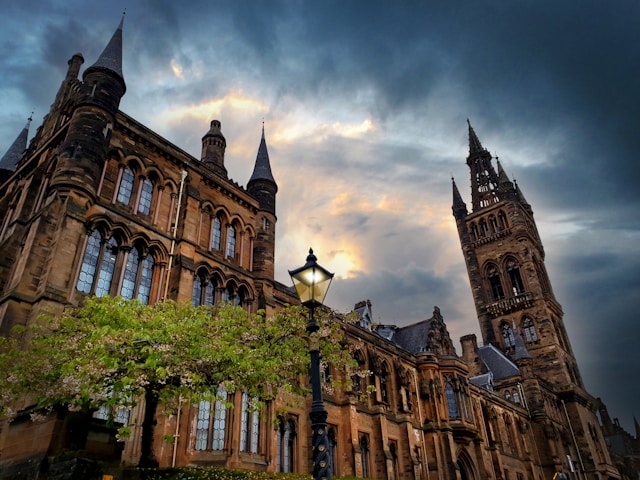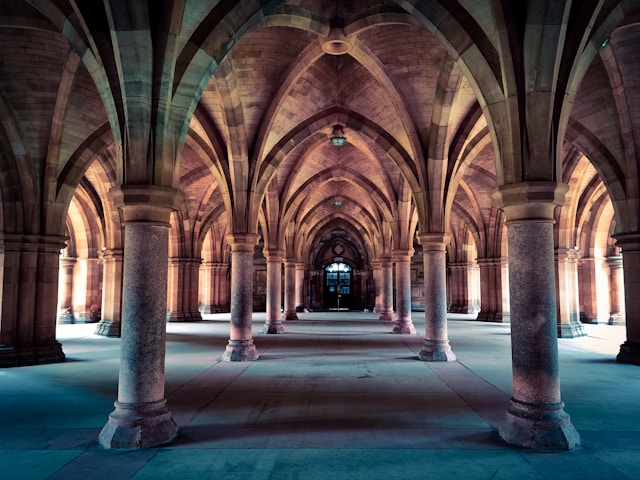In the midst of New Zealand’s rapid urbanization and development, a delicate balancing act unfolds between the preservation of its rich architectural heritage and the imperative for progress. Nowhere is this tension more palpable than in the realm of Victorian-era buildings, whose ornate facades and historical significance stand in stark contrast to the modern skyline that rises around them. In this article, we delve into the complexities of balancing conservation efforts with urban development in Victorian New Zealand, exploring the challenges, triumphs, and ongoing debates that shape the country’s architectural landscape.
The Conflict Between Past and Present
As New Zealand’s cities evolve and expand, the clash between preservation and progress becomes increasingly pronounced. Historic buildings, once revered for their architectural beauty and cultural significance, now find themselves in the crosshairs of development projects aimed at revitalizing urban centers and accommodating growing populations. For proponents of conservation, each demolition represents a loss of tangible heritage and a erasure of the stories embedded within these architectural gems. Yet, for advocates of progress, the need for modernization and economic growth often takes precedence, raising questions about the value of preserving the past in a rapidly changing world.

The Role of Heritage Conservation
Despite the challenges posed by urban development, efforts to preserve New Zealand’s Victorian-era buildings are underway, driven by a deep-seated commitment to honoring the country’s cultural heritage. Heritage conservationists work tirelessly to protect and restore historic landmarks, employing a range of techniques and strategies to ensure their longevity. From adaptive reuse projects that breathe new life into old structures to heritage listing initiatives that afford legal protection to at-risk buildings, these conservation efforts serve as a bulwark against the tide of progress, preserving the architectural legacy of Victorian New Zealand for future generations to appreciate and enjoy.
Finding Common Ground: Collaborative Solutions for Sustainable Development
In the ongoing debate between preservation and progress, finding common ground is essential to fostering sustainable development that respects both the past and the future. Collaborative approaches that engage stakeholders from all sectors of society – including government agencies, developers, heritage organizations, and local communities – hold the key to striking a balance between conservation and urban development. By fostering dialogue, promoting creative solutions, and prioritizing the preservation of architectural heritage, New Zealand can navigate the complexities of its evolving urban landscape while honoring the legacy of its Victorian-era buildings.
